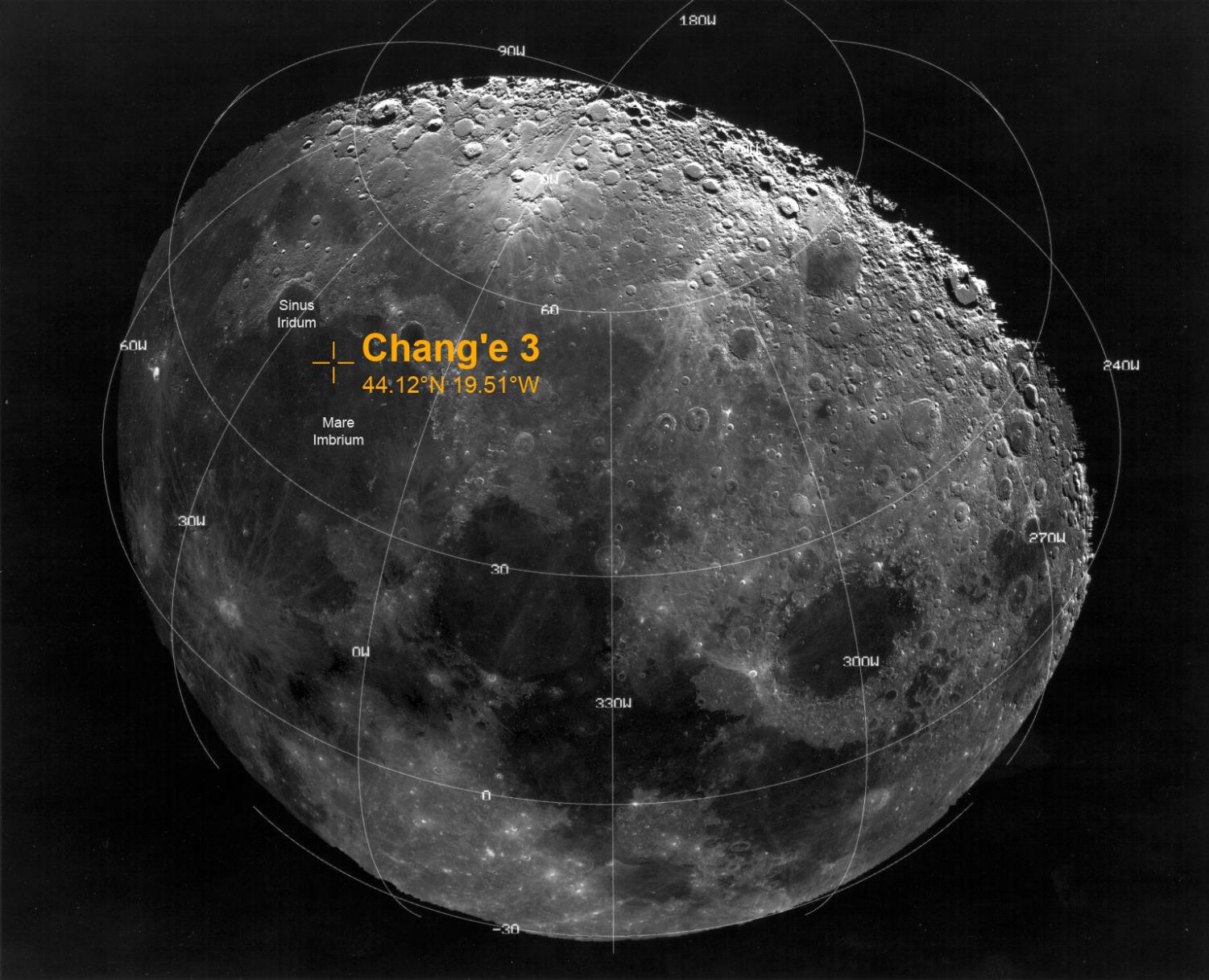Throughout history, humans of all ages, backgrounds, and nations looked up at the moon, but only the curious pondered what was on the other side.
The other side of the moon is indeed legendary for its ominous and perplexing mystery, so much so that many of people dub it the “Dark Side.” Despite the implications of this title, the Dark Side of the Moon is not always dark. As the moon orbits the Earth, the different hemispheres are illuminated and the phases change: when there is a new moon from Earth’s perspective, the Dark Side is essentially full, while during a full moon on our side, the Dark Side lives up to its title. However, no matter how many times the moon changes phases or orbits the Earth, its Dark Side will never face us.
Due to its close proximity and gravitational influence, our side of the moon is basically trapped facing the Earth. This phenomenon in astronomy where an orbiting object or satellite has one side eternally face the orbited object is called tidal locking. Now, we call the sometimes bright, sometimes dark, and eternally opposite hemisphere of the moon the far side.
Today in the age of space exploration, many have become familiar with the far side of the moon through images, with the Russians being the first to take a photo of the far side with their Luna 3 spacecraft in 1959. Scientists today are left with more questions than answers.
The most blatant difference between the two sides is the dark patches. These dark patches or“seas” that compose the signature face of the moon were caused by lava erupting from the lunar surface, eventually spreading and cooling across the landscape. The problem is that while the near side is renown for these large dark blobs, the far side of the moon barely has any, depicting only craters across a massive gray landscape. While scientists have theories explaining the two-faced moon, nothing will help more than making it to the Dark Side.That is where China comes in.
On Jan. 2, China made the monumental step of being the first nation to land its rover,Yutu- 2, on the far side of the moon. It was deployed by the lunar orbiter, Chang’e-4. In Chinese mythology, Chang’e is the moon goddess and Yutu, or Jade Rabbit, is her pet.Yutu-2 is the second Chinese lunar rover in a series of lunar missions conducted by China. However, some may perceive this feat as underrated, as Russia dominated the Space Race in the beginning and the U.S. actually put people on the moon, and that’s not even mentioning America still being in contact with humanity’s first interstellar spacecraft.
However, the act of putting a rover on the Dark Side of the Moon is especially challenging because of tidal locking. The far side is always facing away from Earth, so most radio signals from us would essentially be blocked by the entire moon, making communication with the rover nearly impossible. To overcome this obstacle, China decided to go around the moon, launching the satellite Queqiao to relay messages from the Earth to the moon and vice versa.
Today, powered by solar power despite landing on the Dark Side, Yutu-2 continues to travel across untouched territory to collect samples and possibly uncover secrets of the moon. Mysteries such as the lack of lava flows on the far side and the formation of the moon itself may be solved with the spacecraft’s data. The isolated environment of the far side may also prove instrumental in studying cosmic and solar radiation. China’s historic landing along with our one small step showcases humanity’s ancient and unrelenting fascination with the mysteries and potential discoveries of our moon.








